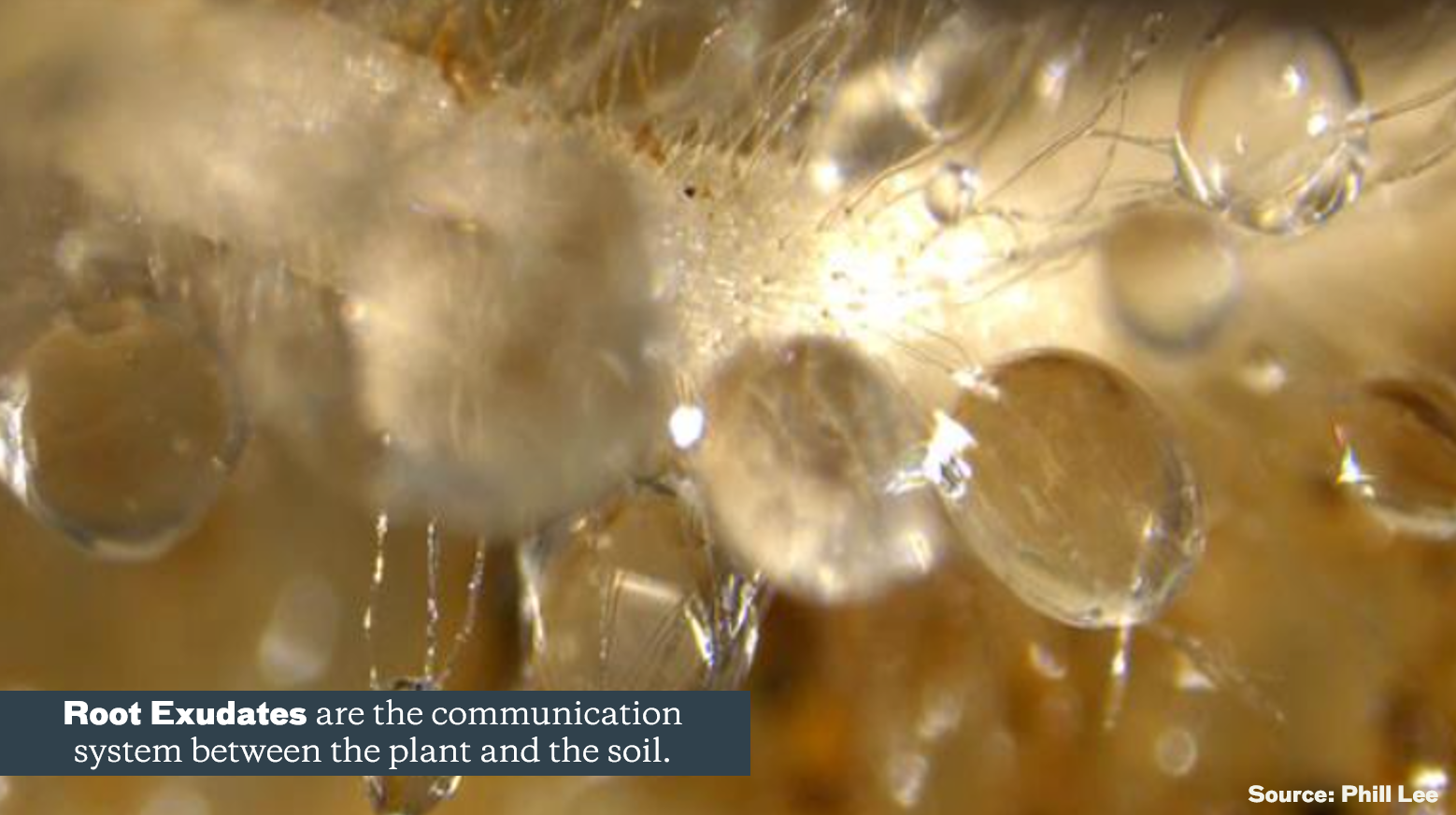Plant Diversity Co.
Mycorrhizal FUngi
Plant & Soil Symbiosis
Plant & Soil Symbiosis
“There can be no soil without plants and no plants without soil - they have evolved together.” ~Charles E. Kellogg
A highly beneficial soil living fungi.
To better understand - we must understand the process of photosynthesis first. A plant makes sugars (carbon) through this process of photosynthesis and then supplies those sugars as root exudates to feed soil biology, including mycorrhizal fungi.
But why would the plant give up its hard earned photosynthetic sugar (carbon) to soil biology, including mycorrhizal fungi? In return for that carbon, mycorrhizal fungi will send out a large hyphae network that acts as an extended root system for the plant.
This is known as a symbiotic relationship. To see a visual of this relationship, click here.
“Arbuscular mycorrhizal fungi (AMF) facilitate host plants to grow vigorously under stressful conditions by mediating a series of complex communication events between the plant and the fungus leading to enhanced photosynthetic rate and other gas exchange-related traits (Birhane et al., 2012), as well as increased water uptake.”

Image: Root exudates (bubbles) releasing carbon into the soil to feed soil biology (mycorrhizal fungi)

Image: Fungal hyphae network that acts as an extended root system for the plant.
Soil aggregates not only allow your soil to infiltrate water but to hold it as well. A soil that has a “cottage cheese” or “chocolate cake” look is a great indicator of a healthy, fungal dominant soil.
Forming soil aggregates requires both biological and physical actions. Having a living root in the ground (carbon exchange) will allow for mycorrhizal fungi colonies to be established. Once established, they release a glue called “glomalin”. This glomalin then glues micr0-aggregates, clay, silt, plant/fungal debris & particulate organic matter decomposed by saprophytic fungi together to form what is known as a “soil aggregate”.
“It’s not how much rain we get, it’s how much rain our soils can infiltrate and hold before it runs off.” ~Gabe Brown
Balancing the C:N ratio is crucial to this development.
Image: soil after a balanced C:N ratio intercrop, a mycorrhizal fungi haven.
A great Ted Talks from ecologist, Suzanne Simard explaining how mycorrhizal fungi connects living plants through an underground web.
Listen to John Kempf and Dr. Kris Nichols discuss how we can reduce/eliminate the need for synthetic fertilizers by fostering an environment for this fungi & the entire Soil Food Web to thrive.
Although microscopic and invisible to the naked eye, mycorrhizal fungi explore/mines the soil for nutrients & water in exchange for carbon (sugar) produced by photosynthesis.
Once the mycorrhizal network has been established:
Soil aggregates begin to form (glomalin)
Can store water in root cell vesicles in case of a drought.

Click image to learn more.
Mycorrhizal fungi allow a direct transfer of nutrients (specifically Nitrogen) from one mycorrhizal-dependent plant to another.
Mycorrhizal fungi is the foundational component in allowing diverse cover crop blends like the Full Season Cover, work without the addition of fertilizer.

Paynel, F., Lesuffleur, F., Bigot, J. et al. A study of 15N transfer between legumes and grasses. Agron. Sustain. Dev. 28, 281–290 (2008).
A Google Scholar search will yield you roughly 110,000 published research papers on Mycorrhizal Fungi
